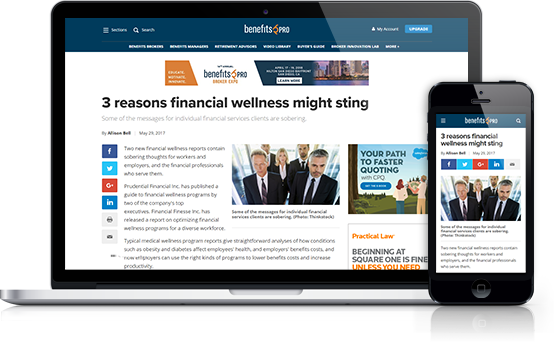 Caregiving is a noble and compassionate role that many individuals undertake to support their loved ones who are ill, disabled, or aging. However, the demands of caregiving can take a toll on a caregiver's physical, emotional, and mental wellbeing. Recognizing and addressing caregiver burnout is crucial for the caregiver, the individual they are caring for, and their workplace.
Caregiving is a noble and compassionate role that many individuals undertake to support their loved ones who are ill, disabled, or aging. However, the demands of caregiving can take a toll on a caregiver's physical, emotional, and mental wellbeing. Recognizing and addressing caregiver burnout is crucial for the caregiver, the individual they are caring for, and their workplace.
In this article, we will explore what caregiver burnout is, the signs and symptoms, and effective strategies to avoid and lessen the adverse impacts of caregiver burnout.
What is caregiver burnout?
Caregiver burnout is a state of exhaustion that affects a caregiver's physical, emotional, and mental wellbeing. This type of burnout is unique in that it often results from the selfless act of caring for another. Caregiver burnout can affect anyone, regardless of age or gender, but it is more prevalent among women who often balance caregiving with other responsibilities such as work and raising children. According to the Institute on Aging, around 75% of all caregivers are women.
Continue Reading for Free
Register and gain access to:
- Breaking benefits news and analysis, on-site and via our newsletters and custom alerts
- Educational webcasts, white papers, and ebooks from industry thought leaders
- Critical converage of the property casualty insurance and financial advisory markets on our other ALM sites, PropertyCasualty360 and ThinkAdvisor
Already have an account? Sign In Now
© 2024 ALM Global, LLC, All Rights Reserved. Request academic re-use from www.copyright.com. All other uses, submit a request to [email protected]. For more information visit Asset & Logo Licensing.








